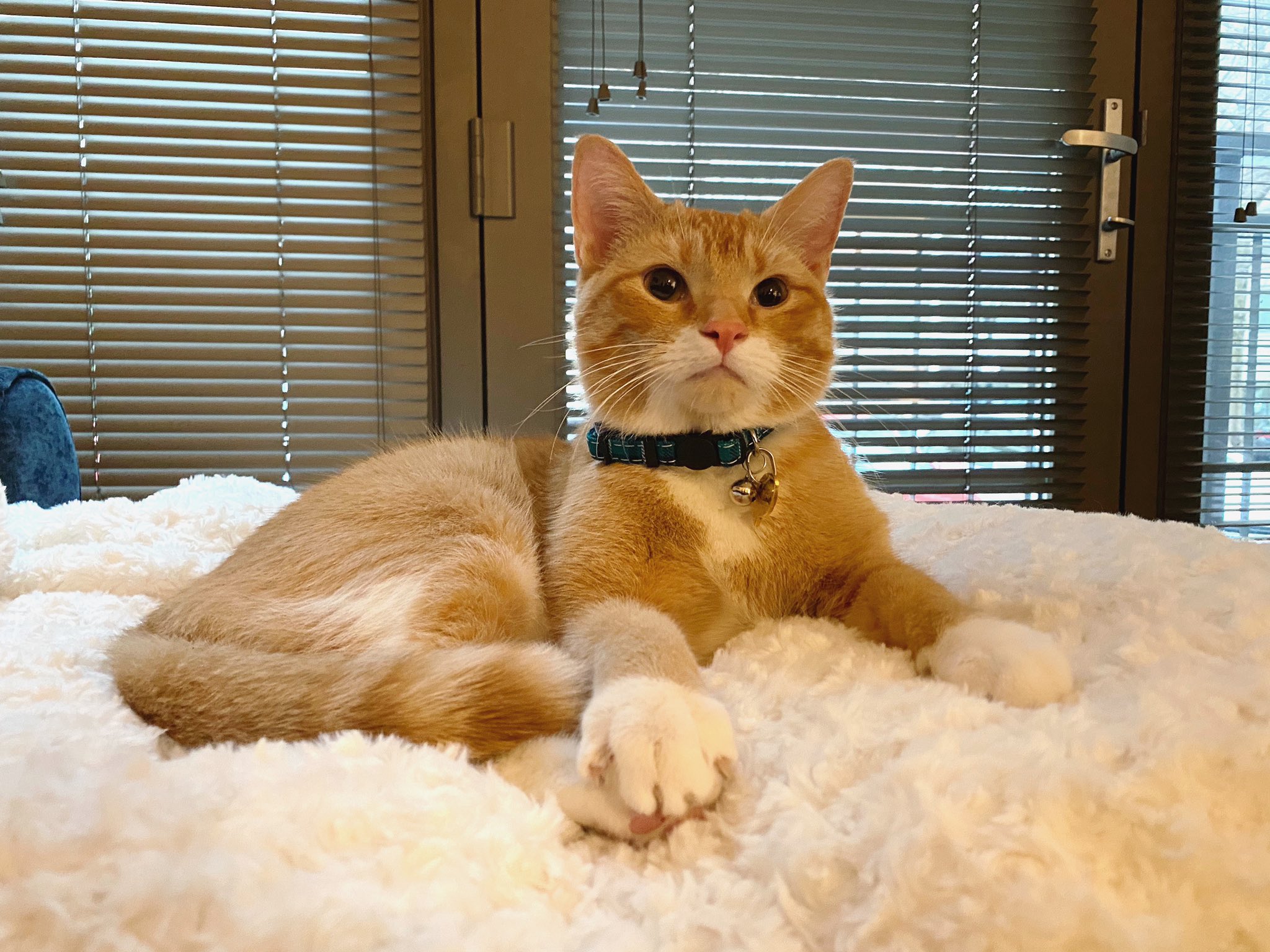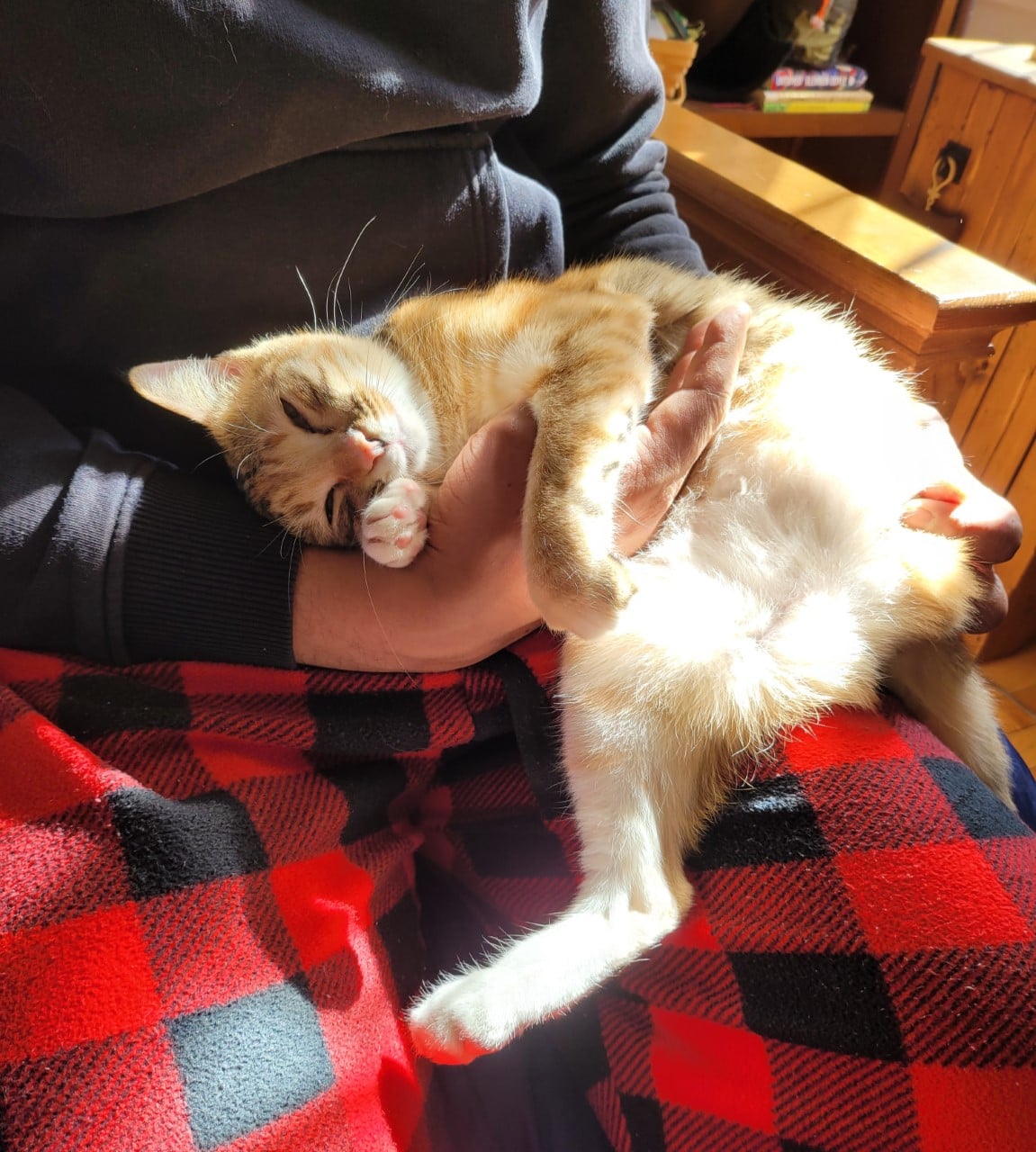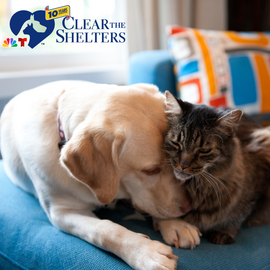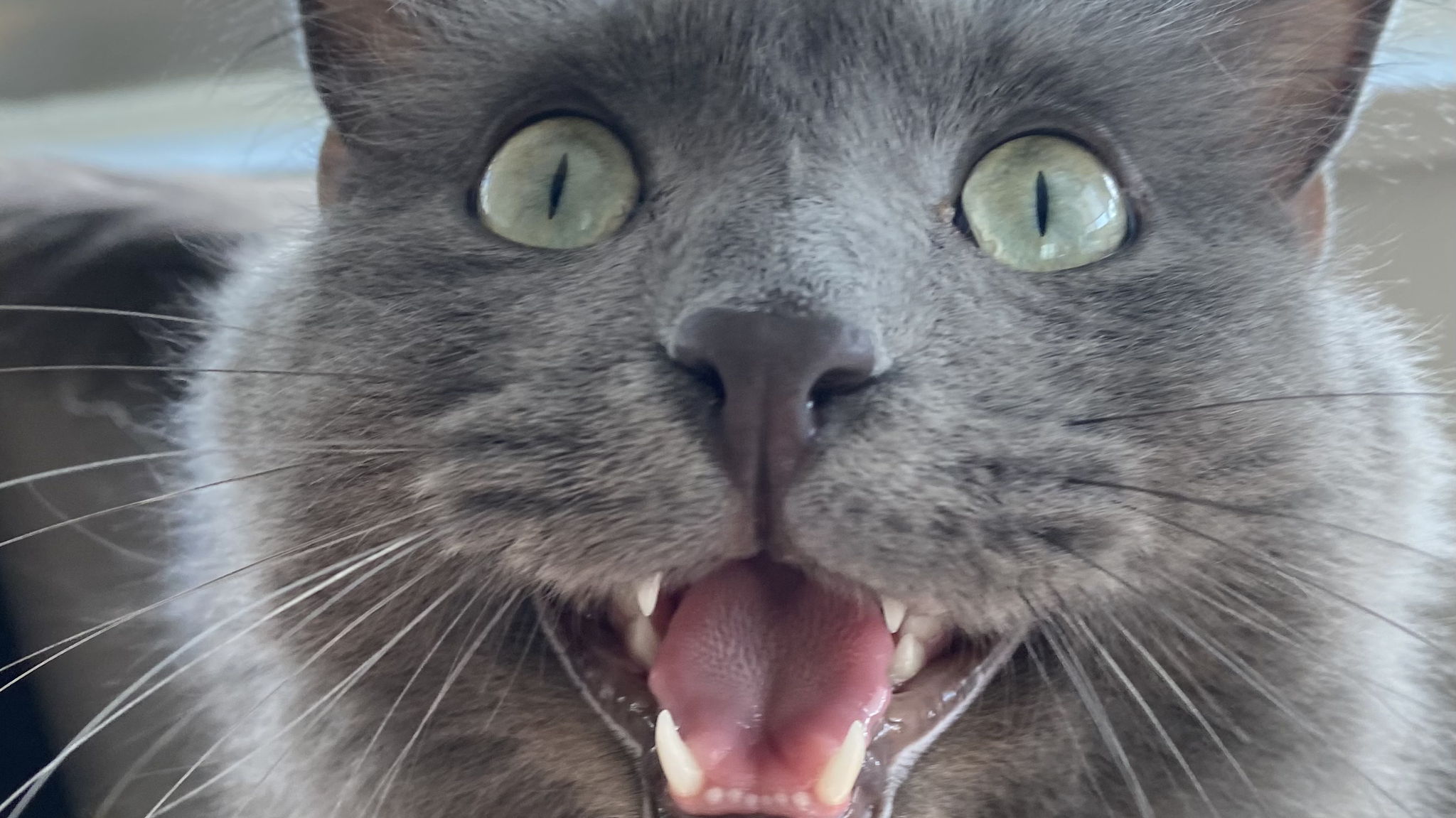Cats and Kids HOMEWARD TRAILS RESOURCE LIBRARY: CATS!

If you are thinking about getting a cat for your family, first ask yourself why you are interested in getting a cat.
This information is courtesy of the San Francisco Cat Behavior Helpline.
Cats And Kids: Can They Live In Harmony?
If you are thinking about getting a cat for your family, first ask yourself why you are interested in getting a cat. Please do not get a cat for your children if you are not prepared and willing to be responsible for the cat his/her entire life. While children can be taught to share in the responsibilities of care-taking for a pet, they should always be supervised and parents should be prepared to take over should the children “lose interest” in these responsibilities. Children may even feel resentful towards the family pet if they feel it is a “chore” to take care of it. Cats have needs that must be met daily (fresh food and water, a clean litter box, grooming, playtime) as well as medical needs you will be responsible for. If you are not willing to commit to this caretaking, then now may not be the best time for your family to get a pet – it is best to be realistic about your abilities to take on this responsibility, rather than adopting a pet that will end up returned or euthanized because it was a novelty.
Ground
Rules
Before getting a cat, it is best to start talking to your child about how they need to treat a cat. A cat is not a toy, and children must be taught to ALWAYS handle any animal gently. A child could easily injure or even kill a cat (and especially a kitten) unintentionally. Some ground rules to set with children:
Pet and touch the cat gently
Never squeeze the cat
Do not grab the cat, poke at it, or pull its
tail, legs or ears
Be careful with kitty’s “sensitive areas”
belly, paws, tail
Do not tease the cat
Do not play rough with the cat or use hands for play
Do not disturb a cat that is eating,
sleeping or using the litter box
Do not pick up a cat that is struggling to get away
Leave the cat alone if it is acting agitated or trying to hide
Never put the cat in the washer/dryer, dishwasher, car, hamper, or any other places the cat could be forgotten and trapped
Never hit a cat for any reason
Always treat your pet the way you would like to be treated (kindly)
Spaces
Playtime is important for every cat and is a good chance for your family to bond with your cat. Cats enjoy playtime that simulates a hunt and chase situation. There are many interactive toys that cats love – an interactive toy is one that you use with your cat, and often features a “fishing pole” with a toy attached to a string. These toys are good because they keep your hands away from the cat and easily simulate prey (like birds, mice and bugs) which is really fun for your cat. You will also want to leave out plenty of toys for your cat’s self-entertainment, and change toys regularly so they stay exciting for your cat. Make sure toys are safe for your cat and your children, and keep any toys with small removeable parts or string in a safe place and make sure they are only used with supervision.
Finally, we cannot emphasize enough the importance of not playing with your cat with hands. It may seem cute to wrestle with a kitten or make your cat chase your hands, but please consider – you are training your cat to attack people (including you). Cat bites and scratches can be serious, and a small child could easily be seriously scratched or bitten by a cat that has been trained to see hands as “prey.” It also means that your cat has an antagonistic relationship with humans, and feels “on the defense” when approached by a well-meaning person. It is a very difficult habit to “un-train,” so please only use your hands for petting your cat and only use toys for playing with your cat.



